Learn how to cook pasta perfectly every time. Whether you’re cooking pasta to toss with sauce, or to make a pasta salad, I have a full tutorial for you!
Pasta is affordable, has a long shelf life, and is a versatile ingredient that can be paired with your favorite protein, sauce, and veggies to make a tasty filling meal. So let me show you how to cook pasta perfectly every single time!

You may think that cooking up a pot of pasta is one of the most basic things to do, and you aren’t wrong – I mean, it is quite straightforward! But there are a few tips and tricks to up your pasta game and help you make the perfect bowl of pasta every time!
Whether you are looking for a well-cooked plate of comforting pasta or al dente pasta to use in a salad, following these recommendations will help you cook your favorite pasta recipe the right way, ensuring maximum flavor and enjoyment.
If you’re looking to try a new pasta dish, or want to make a classic that you already love, find all of my Pasta Recipes Here.
How to Cook Pasta Perfectly
Salt the Water (the right ratio)
The right way to cook any type of pasta is by adding it to salted boiling water. The recommended ratio is 4 quarts (16 cups) of water to 1 tablespoon of kosher salt for every pound of pasta that is cooked.
Salting your water is very important to season the pasta, and if you’re worried about the sodium content, the truth is that pasta absorbs just the flavor of the salt and not the sodium itself so you have nothing to worry about!
Another useful tip is to add the salt after you bring the water to a complete boil. If you add the salt to the water before it’s boiling, it will take longer to come to a boil.
Your pasta water should also be on the overly salty side. Some liken it to being as salty as the sea and the reason for this is that your pasta will only really be absorbing a small fraction of the salt and other seasonings per serving added to the pot. Without this generous serving of salt, you’ll end up with bland pasta, but having adequately salted pasta water will make a huge difference to the flavor of your cooked pasta.
Stir Your Noodles
As you add the pasta to the salted boiling water, it is very important to give it a stir – right away – to prevent the pasta from sticking together. The pasta can also stick to the bottom of the pot, or to the sides. So always remember to stir the pasta after you have added it to the boiling water.
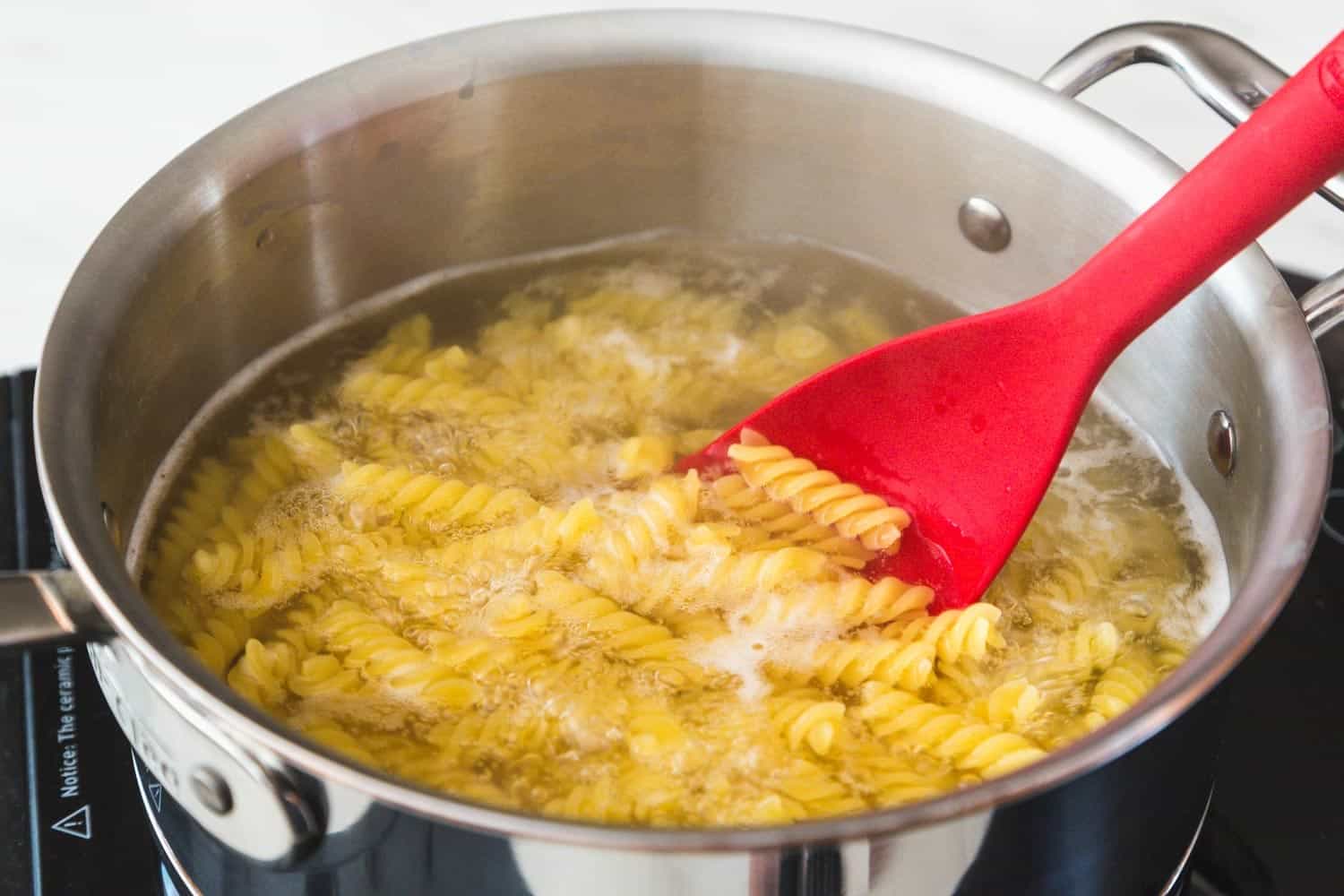
How to Boil Pasta
To cook your pasta, bring the water to a boil, stir in the salt and then add and cook the pasta according to the package directions, then drain and serve.
What is Al Dente Pasta?
If you don’t know what “al dente” pasta is, it simply means to cook pasta slightly underdone. Translated from Italian it means “to the tooth”. You will know that your pasta is al dente if it is chewy without any crunch and doesn’t taste raw. It offers a slight resistance when bitten into.
This can really only be achieved with dried pasta, and not with fresh pasta.
But why would you want to cook your pasta al dente anyway? Well, the short of it is that you will most likely be adding your pasta to a sauce. Like in spaghetti bolognese or fettuccini in alfredo sauce, you’ll simmer the cooked pasta in the sauce for a bit.
You may also be adding cooked pasta to a casserole recipe or pasta bake, which will also further cook the pasta. A good example of this would be these Lasagna Roll Ups, Spaghetti Pie, and my Creamy Chicken Spaghetti.
If that’s the case, the pasta will cook even further in that sauce mixture so if you’ve already cooked your pasta beyond al dente and then add it to your saucepan, you are likely to get overcooked, mushy pasta instead of perfectly cooked pasta!
It makes sense then that if you want your completed dish that will be served and enjoyed to be at the al dente stage, then you will actually need to have removed your pasta from the boil at the point of “Molto al dente”. In other words – very al dente.
This can be achieved by removing pasta from boiling water about 3 minutes before it reaches the al dente stage. Once cooked further in simmering sauces or baked dishes, the pasta will cook to al dente, perfect for serving.
How to Know If Pasta is Done
Follow the instructions on your pasta packaging to get an idea of how long to cook it.
When that time is almost up, you can check the pasta for doneness. I find the best way is to pull out one or two noodles and taste them!
Tips for Cooking Pasta
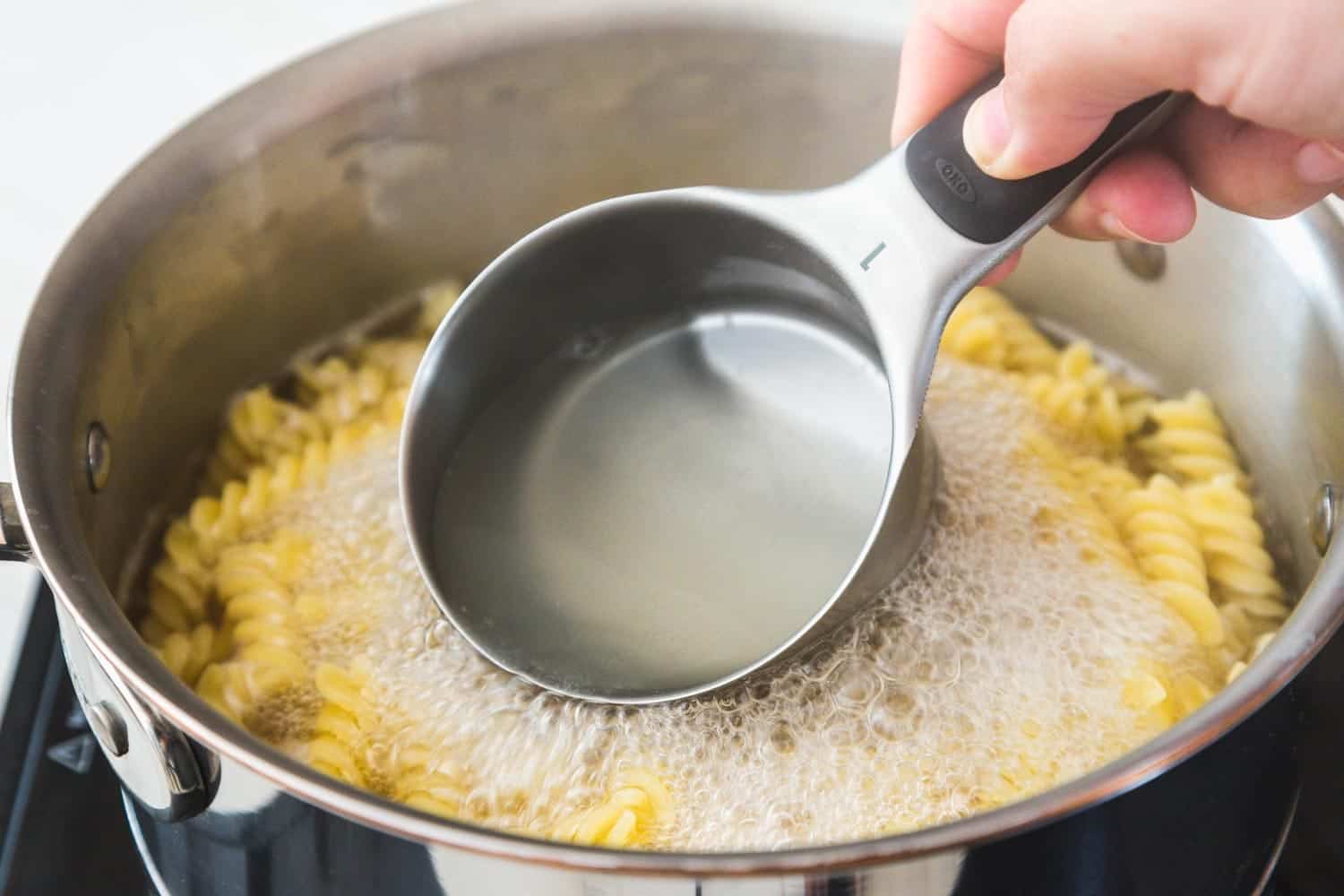
- Always save at least a cup of pasta water! You can use a splash of your pasta water to increase the amount of any oil-based sauces such as pesto or cream-based sauces. I do this in my Pesto Chicken Pasta recipe, Creamy Lemon Pasta, or this Cream Cheese Pasta Sauce.
- Pasta water also helps sauces stick to the pasta, and can slightly thicken the sauce to make it rich and silky. Pasta water is a truly magical substance!
- Make sure your pasta sauce is ready prior to you cooking your pasta so that you can combine the two before your pasta cools too much and potentially hardens.
- Use a large enough pot so that your pasta has ample room to cook without the water boiling over.
- If you intend to make a cold pasta salad, drain your pasta in a colander and then rinse with cool water, draining well afterward. Then place your pasta in a bowl and add the rest of the ingredients. I do this when I make my Greek Orzo Salad.
- If you’re making a warm saucy pasta dish, do not rinse the pasta! The starch that’s on the pasta will help the sauce cling to the noodles.
- If you will be adding your pasta to a saucepan for additional simmering time, make sure that you remove your pasta from the boil at al dente for fully cooked pasta at serving time or at the very al dente stage for al dente pasta at serving time.
How Should I Store Cooked Pasta?
Whether you plan on making cooked pasta ahead of time or have leftovers that you want to store for the following day to enjoy for lunch, there are 2 options at your disposal:
- To Refrigerate: Allow your cooked pasta to completely cool and then store in an airtight container in the refrigerator for up to 5 days.
- To reheat, simply remove from the refrigerator, place in a colander, and dip into the boiling water for about 30 seconds. You can then add it to a pan of sauce and mix.
- Avoid adding olive oil or butter to cooked pasta that you plan to store. While this will work to keep the past from sticking together, oiled pasta will not be able to stick to your sauces.
- To Freeze Pasta: As frozen plain pasta can become mushy once thawed and reheated from frozen, it’s best to only freeze pasta dishes that have sauce or baked pasta dishes such as a pasta casserole like this Sloppy Joe Casserole, or lasagna. This type of dish can be stored in a freezer-safe container for up to 3 months in the freezer. To reheat from frozen, place it in a baking dish, cover it with foil, and bake at 375°F/180°C for about an hour or until it is hot in the center.
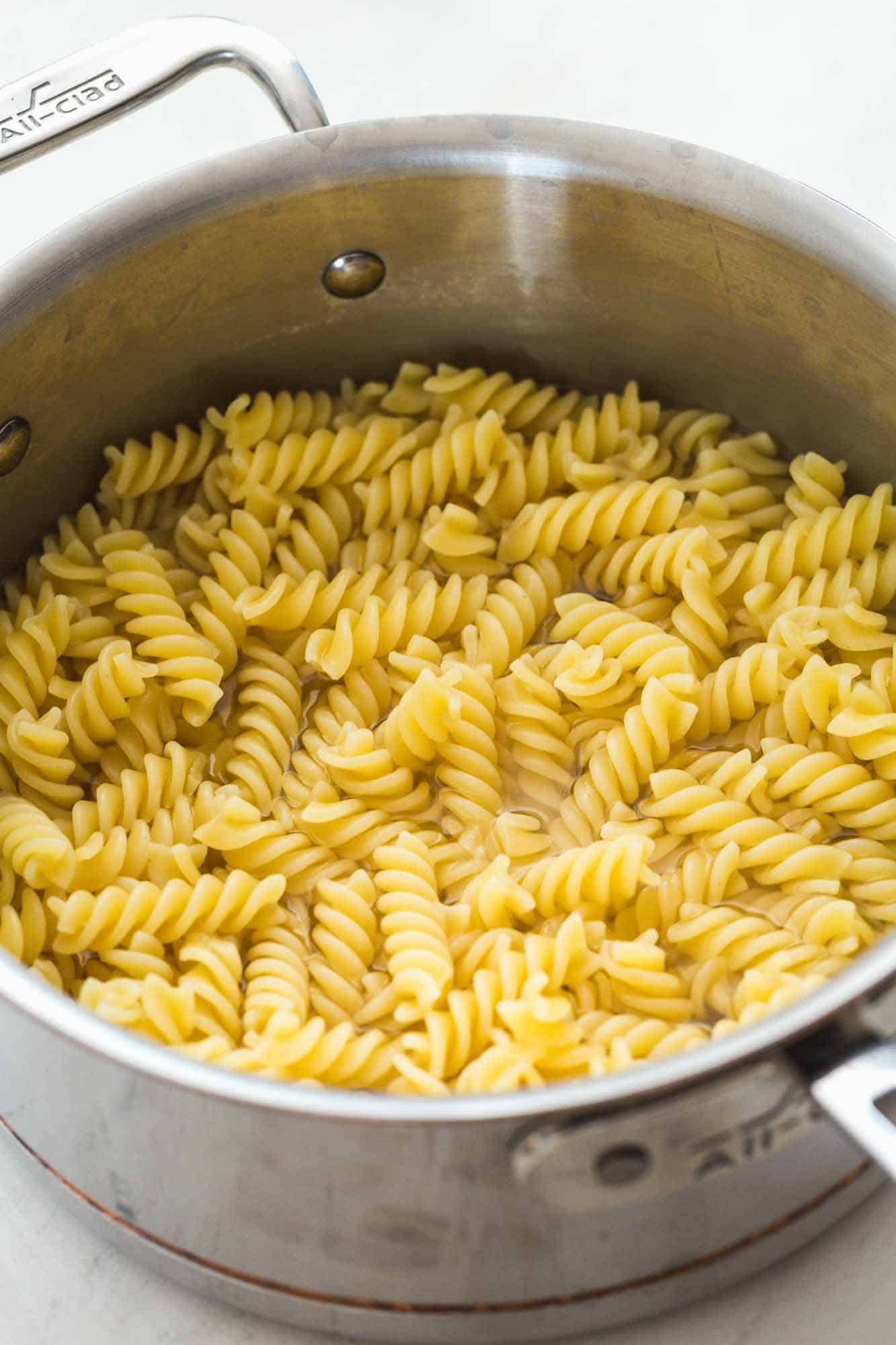
FAQs
Yes, you can cook pasta in an Instant Pot by adding 1 lb/450g of pasta, 4 cups of water (1 liter), and 1-2 tablespoons of salt and then pressure cook or use the manual button and cook on high for 1 minute.
You can also cook pasta in the microwave but you’ll need to do so for 2 – 3 minutes longer than required on the stovetop and it must be done in a large microwave-safe container.
The recommended serving amount for pasta is 2 ounces/60g of dry pasta. When cooked, this is about 1 cup of pasta. If serving pasta as a main dish, you may find that you’d increase the amount to 3 ounces.
Different shapes of dried pasta will take different amounts of time to cook. Refer to the instructions on the box for details, but in general, long pasta like spaghetti, linguini, and tagliatelle will take between 8-10 minutes. Short pasta shapes, like penne or rigatoni, take 10-12 minutes. If you’re cooking fresh pasta, it should only take 3-5 minutes to cook.
Technically, yes but keep in mind that it might taste bland. However, you’ll want to be cautious when it comes to egg noodle pasta that may become rancid.
Pasta isn’t an overly tricky dish to make, but there’s always more to learn when it comes to cooking! By implementing this short list of tips and recommendations, you’ll be serving restaurant-quality pasta in no time! Pair expertly cooked pasta with your favorite sauce, protein, and veggies and you’ve just made yourself the perfect pasta dish.
Did you make this? Be sure to leave a review below and tag me on Facebook, Instagram, or Pinterest!
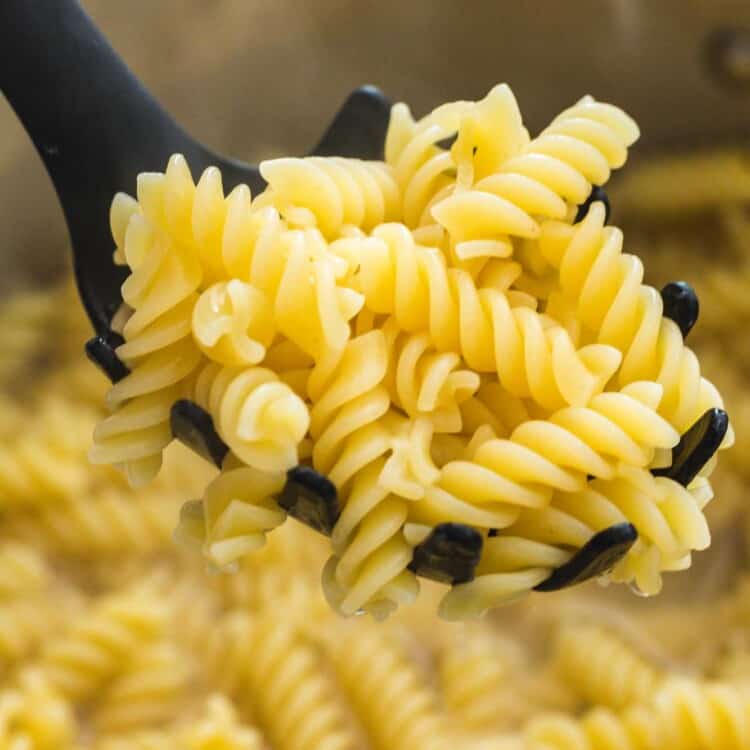
How to Cook Pasta
Equipment
- Colander
Ingredients
- 16 cups (3.8 liters) water 4 quarts
- 1 tablespoon kosher salt
- 1 pound (450 g) dried pasta
Instructions
- Add water to a large pot or saucepan, and bring to a boil over medium-high heat.
- Add the salt to the boiling water, followed by the pasta. Give the pasta a couple of quick stirs to prevent it from sticking together.
- Cook the pasta uncovered (no lid) according to the package instructions, or to your desired doneness. Most types of pasta need 8-10 minutes of cooking time. Reserve a cup of pasta water if needed.
- Use a colander or a slotted spoon, drain the pasta and use it in your recipe.
Notes:
- Save a cup of pasta water in case you need it to thicken or add volume to your sauce.
- To Refrigerate: Allow your cooked pasta to completely cool and then store in an airtight container in the refrigerator for up to 5 days.
- To reheat, simply remove from the refrigerator, place in a colander, and dip into the boiling water for about 30 seconds. You can then add it to a pan of sauce and mix.
Nutrition Information
This website provides approximate nutrition information for convenience and as a courtesy only. Nutrition data is gathered primarily from the USDA Food Composition Database, whenever available, or otherwise other online calculators.
© Little Sunny Kitchen
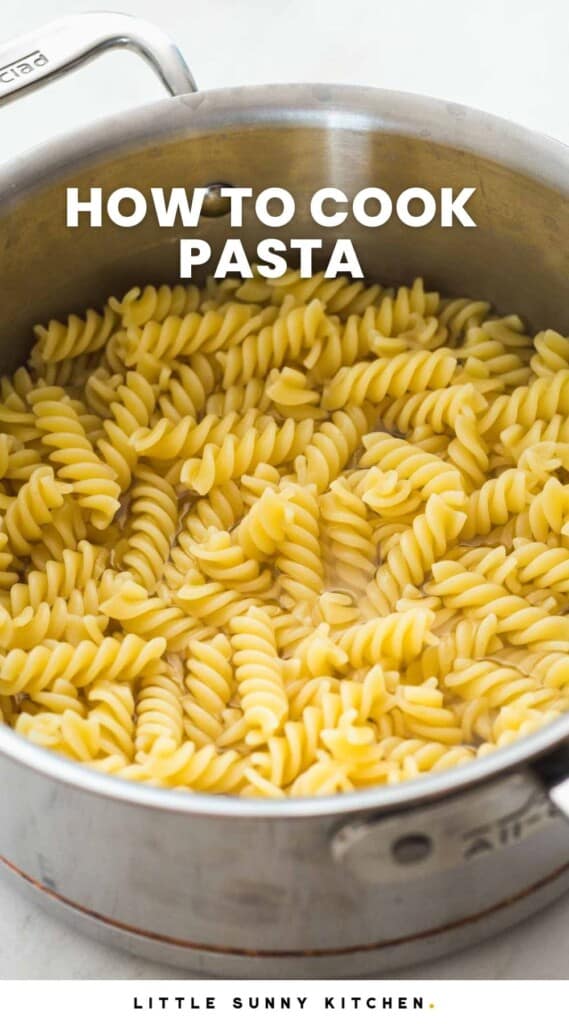

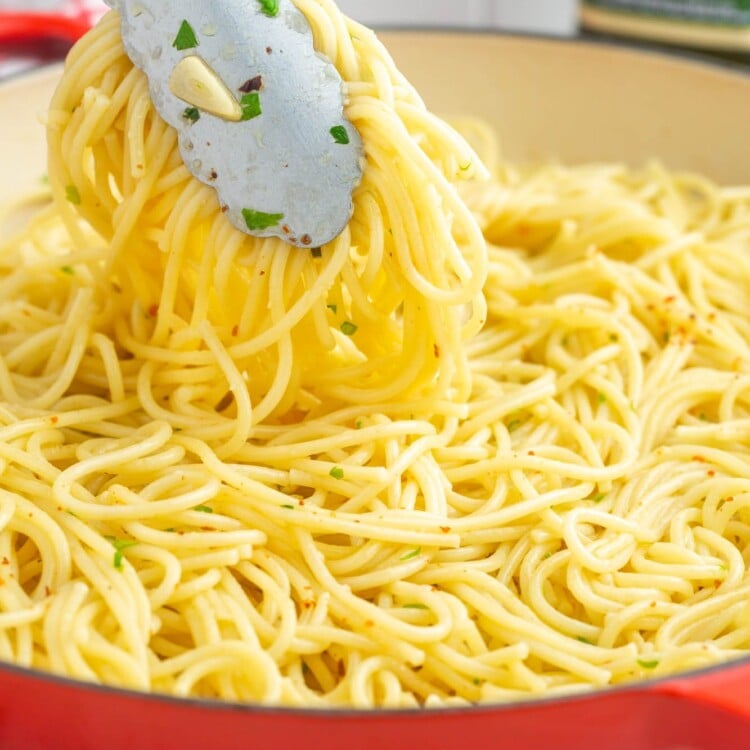
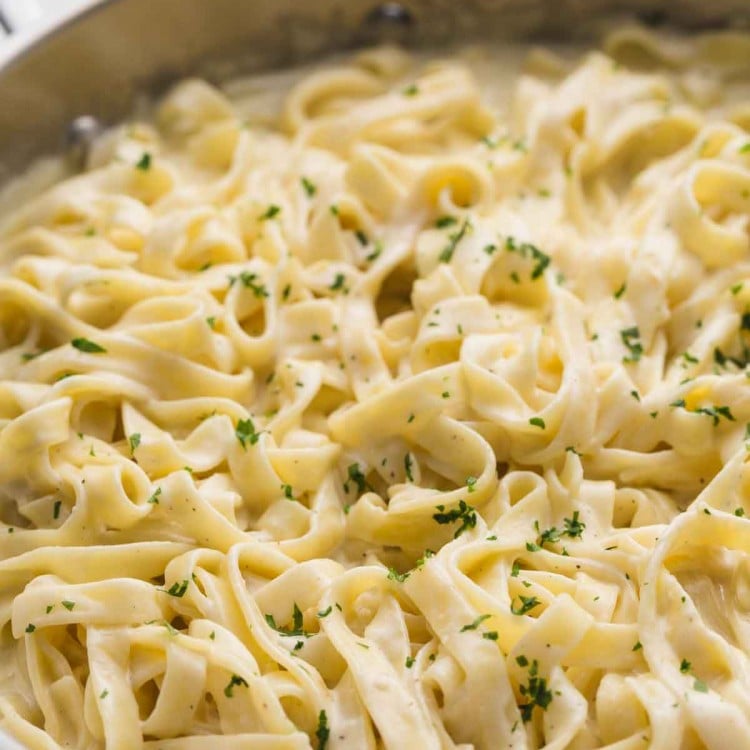


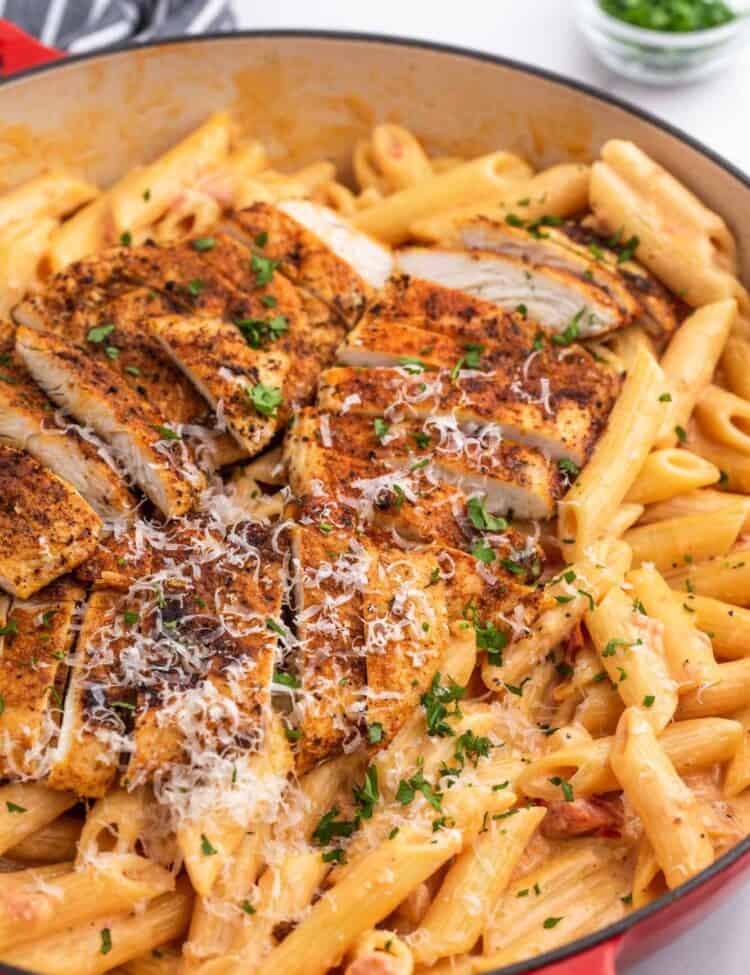
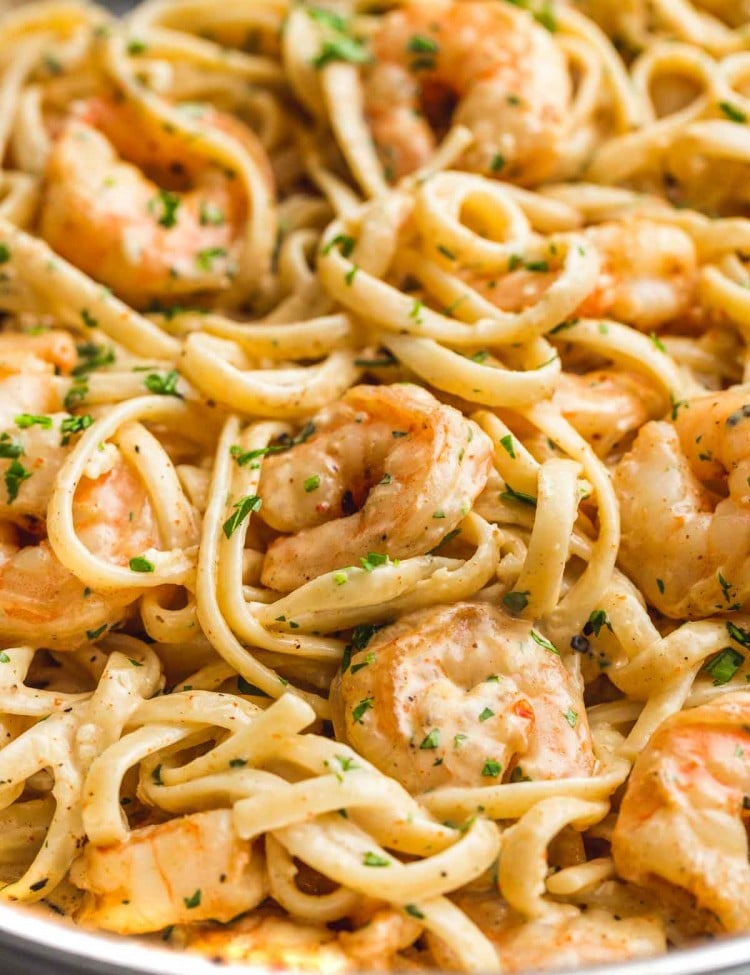
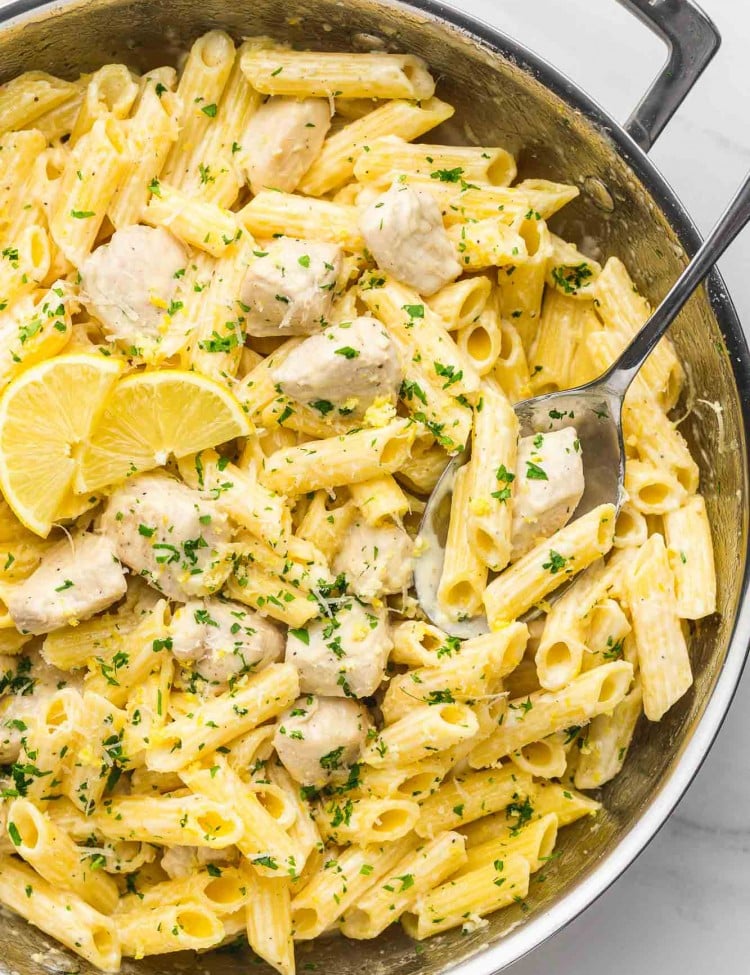
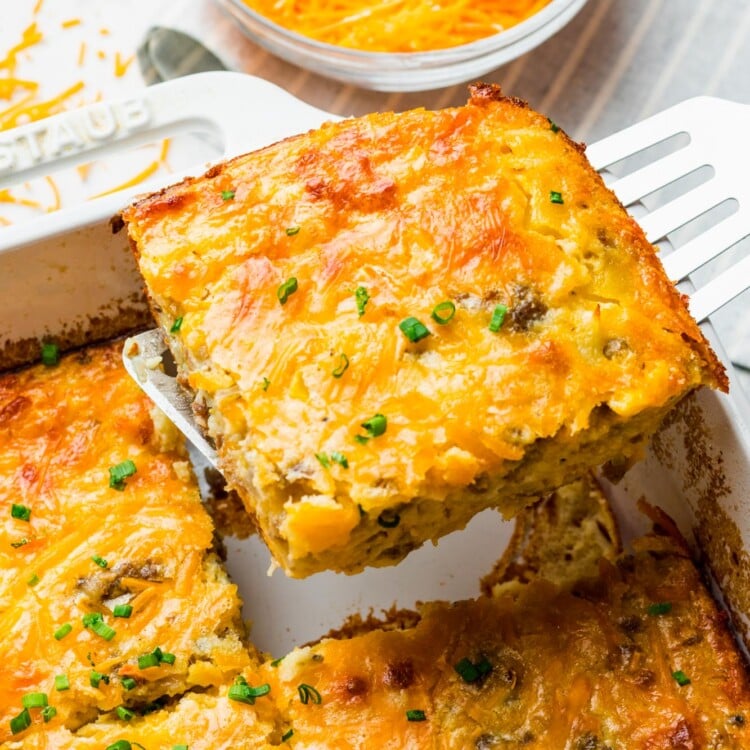
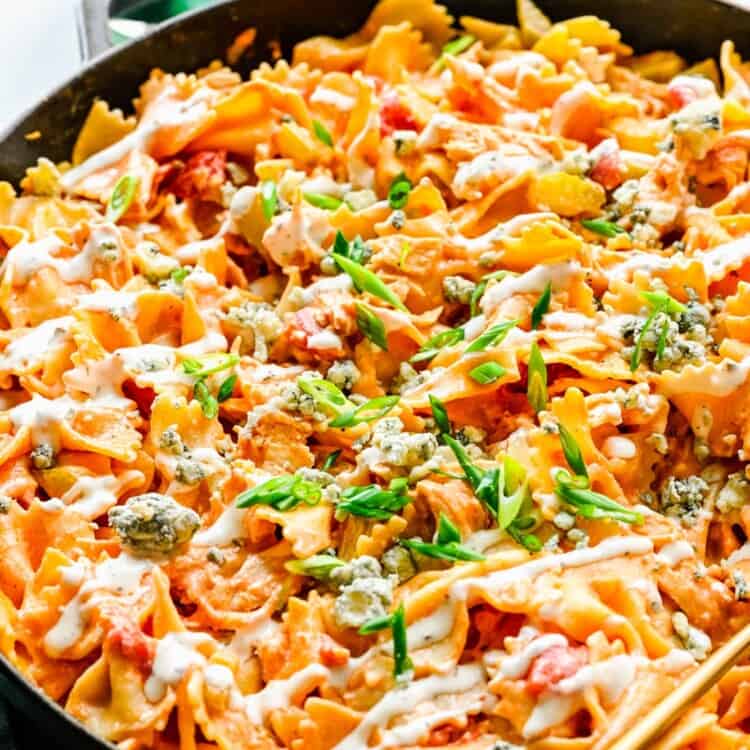
Leave a Review!